Relations between the United States and Iran, once close allies at the beginning of the Cold War, have turned into a decades-long confrontation.
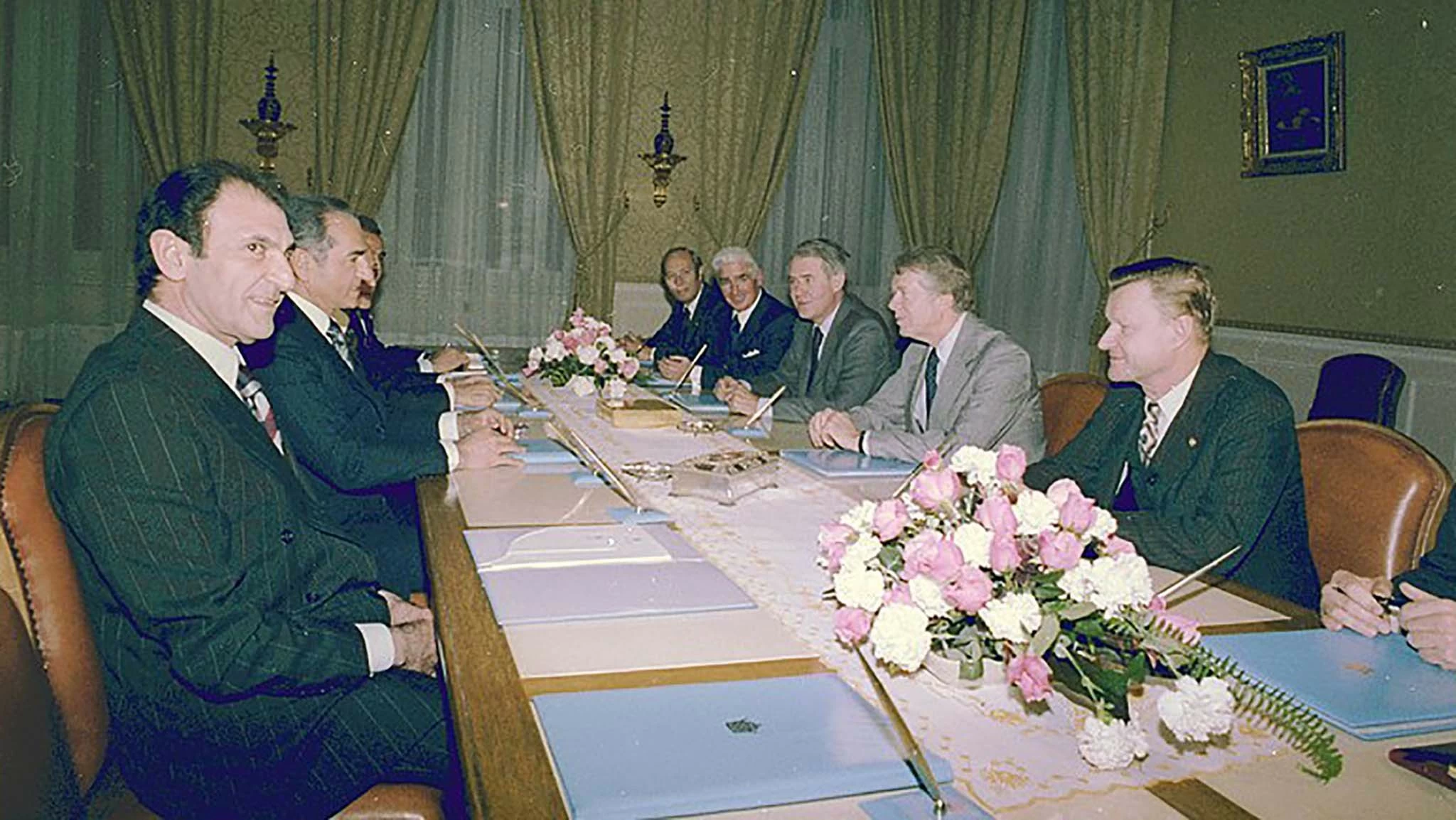 |
| Iranian King Mohammad Reza Pahlavi (second from left) meets with US President Jimmy Carter (second from right) in 1977. (Source: Alamy) |
Despite the deep-rooted causes, the shocking hostage incident 45 years ago can be seen as the “last straw” that caused US-Iran relations to fall into a deep chasm.
Once an ally
Looking at the current tensions between the US and Iran, few people believe that the two countries were once the closest allies at the time of the Cold War confrontation between the US and the Soviet Union after World War II.
At that time, Iran, under the reign of Shah Pahlavi, was considered an “indispensable friend” to the United States, an important source of oil for Washington as well as an “outpost” against Soviet influence in the region.
The United States and Britain supported the Shah in maintaining power, even backing the 1953 coup that overthrew elected Iranian Prime Minister Mohammed Mossadegh, who nationalized the oil industry.
US intervention in Iranian politics, coupled with the increasingly autocratic monarchy in the Middle Eastern country, caused discontent among the country's people, leading to the "earth-shattering" Islamic Revolution in 1979.
Grand Ayatollah Khomeini, who had been expelled by King Pahlavi in 1964, returned to Iran to lead the people in a revolution, overthrow the monarchy, and transform the country into an Islamic Republic.
Although surprised by this change, the United States did not immediately confront Iran. It was not until November 1979 that a real diplomatic crisis between the two countries erupted after Iranian students seized 63 hostages at the U.S. Embassy in Tehran, including the Charge d'Affaires.
The last straw
On November 4, 1979, about 500 Iranian students from the Muslim Student Follower organization attacked the US Embassy, taking 63 hostages. The main reason was that the Washington government allowed the ousted Shah Pahlavi to go to the US for cancer treatment.
According to the American History channel, the attack was not only related to the medical care of the Shah Pahlavi, but this was the way the Iranian revolutionary students wanted to declare a break with the past, affirm the Islamic Republic's right to self-determination as well as end US intervention. The Grand Ayatollah Khomeini, the head of the Iranian government, refused all international demands, including the United Nations, to release the hostages.
After two weeks of captivity, Iran agreed to release the non-Americans, women and minorities, but the remaining 52 Americans remained in captivity for the next 14 months. Images of the blindfolded and restrained hostages sparked outrage in the United States and pressured the government to take strong action.
In February 1980, Iran demanded that the United States extradite Shah Pahlavi to stand trial in Tehran and apologize for his past actions. US President Jimmy Carter refused, then severed diplomatic relations with Iran, imposed economic sanctions and froze the Middle Eastern country's assets.
The hostage crisis marked the beginning of a tense relationship between the US and Iran, turning the relationship from an ally to a rival. Since then, the “frost” in the relationship between the two countries has persisted, reflecting the fluctuations in international relations and politics.
| In 2015, 36 years after the kidnapping, each hostage in the crisis was awarded $4.4 million in compensation by the United States. |
Rescue failed
Under pressure to rescue the hostages, President Jimmy Carter asked the US Department of Defense to come up with a plan of action. Operation “Eagle Claw” was assigned to the country’s most elite commando force, Delta.
The operation, which lasted two nights and began on April 24, 1980, involved several US military units, including the Air Force, Navy, Army, and Marines.
According to the plan, on the first night, eight helicopters would take off from the USS Nimitz aircraft carrier in the Arabian Sea to Desert 1, a secret area in central Iran, to pick up the Delta team moving from a base in Oman. The eight helicopters would take the Delta team to Desert 2, 80 km south of Tehran, to hide and wait for the time to act. On the second night, the team would travel by truck into Tehran to infiltrate the US Embassy to rescue the hostages.
However, the operation did not go as planned. Upon reaching Desert 1, the helicopters encountered technical problems and the operation was forced to be aborted. During the withdrawal, a C-130 carrying fuel and troops collided with an EC-130E military transport plane, causing a large explosion that killed eight soldiers. “Eagle Claw” failed, and no hostages were rescued.
On July 27, 1980, Shah Pahlavi died in Cairo. The Muslim students declared that they would not release the hostages until the Shah's assets were returned. In September 1980, Ayatollah Khomeini set four conditions for the release of the hostages, including the return of Pahlavi's assets by the United States, the release of frozen Iranian assets, the lifting of sanctions, and a commitment not to interfere in Iran's internal affairs.
Many historians believe that the Iran hostage crisis prevented Jimmy Carter from reaching his second term as President. The former US President himself also said that the failure of “Eagle Claw” contributed greatly to the victory of his Republican opponent Ronald Reagan in the 1980 election.
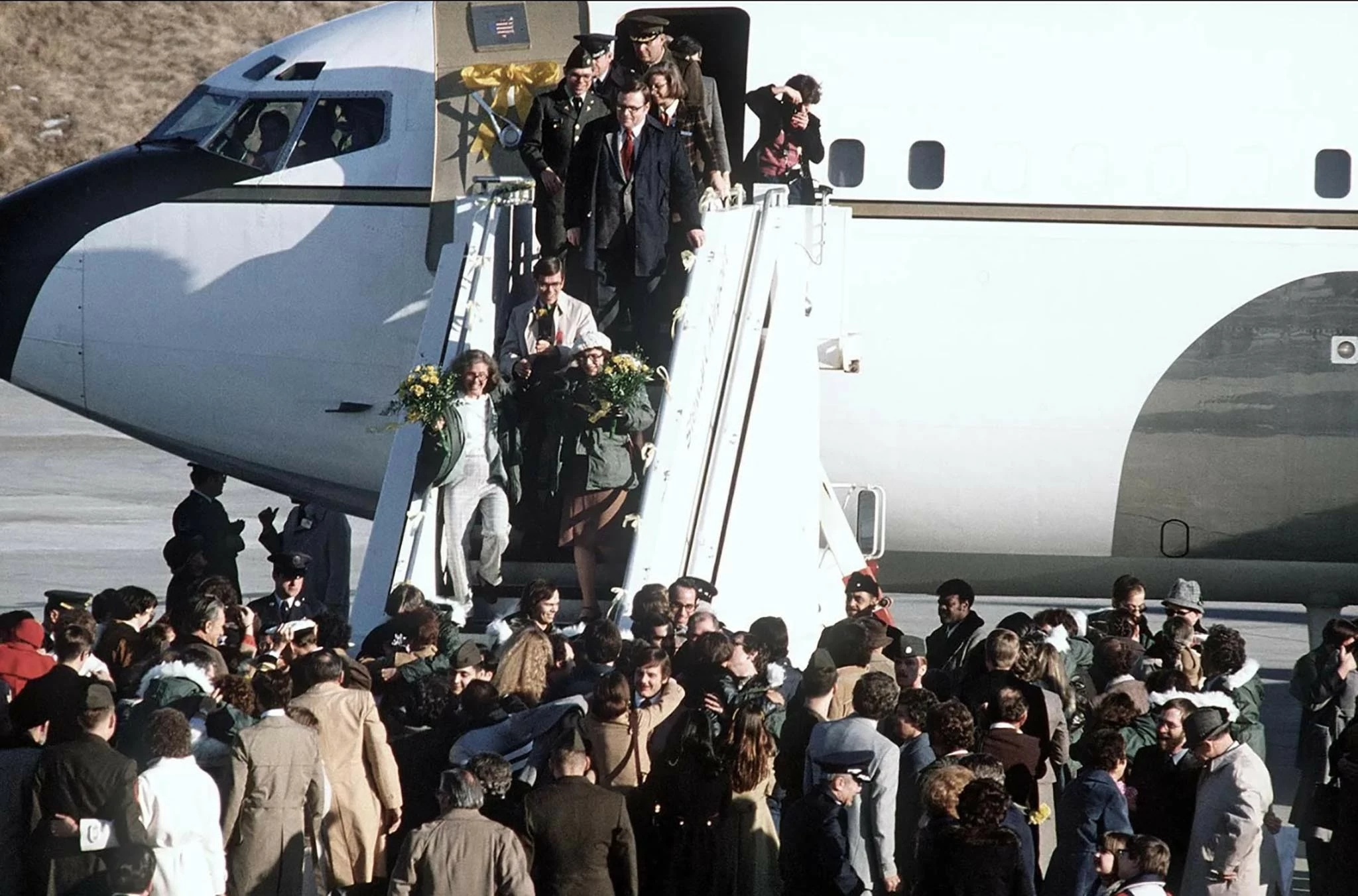 |
| The hostages returned to the United States on January 25, 1981, five days after being released by Iran. (Source: US Department of Defense) |
Diplomacy in action
The role of Algerian diplomats in mediating between the two sides is widely known. But few people know that Germany also played an important role that was only revealed later. On the last day of his term, January 20, 1981, President Jimmy Carter said: “The Germans helped in ways that I can never publicly reveal to the world.”
Historian Frank Bosch and Die Spiegel magazine later shed light on the open call, with the key role played by German Ambassador to Iran Gerhard Ritzel. Ritzel was appointed German Ambassador to Tehran in 1977, when the Shah of Iran was still in power. But he soon established ties with fundamentalist Islamic opposition groups, including those who would come to power after the 1979 Revolution.
After the Ayatollah Khomeini returned to Iran and seized power, Mr. Ritzel skillfully maintained contact, describing the Ayatollah Khomeini as a “humanitarian” and emphasizing the possibility of cooperation between the West and the new regime.
As the hostage crisis dragged on and became more tense, Germany played a key role in the secret negotiations.
Tehran feared a retaliatory attack by Washington and wanted to recover $12 million frozen in US banks and the Shah's assets. The Iran-Iraq War, which broke out on September 22, 1980, also changed the dynamics of the negotiations as Tehran focused on dealing with the new threat.
In May 1980, senior US officials, such as Secretary of State Edmund Muskie, began contacting German Ambassador Ritzel to find a way out of the crisis. Ritzel then met with Grand Ayatollah Khomeini in Mashhad to convey messages from Washington and try to persuade the Iranian leadership.
About a week later, secret negotiations took place at the German Foreign Ministry guesthouse in Bonn, coordinated by the host country's Foreign Minister Hans Dietrich Genscher. Under the patient and skillful mediation of Germany, the parties finally reached an agreement on January 19, 1981, according to which the United States pledged to lift the measures to freeze Iranian assets, in exchange for Tehran releasing all hostages.
On January 20, 1981, the same day Ronald Reagan was sworn in as the 40th President of the United States, all 52 American hostages were finally released. They were taken to the US Air Force base in Wiesbaden, Germany, ending the longest hostage crisis in American diplomatic history.
According to German historian Frank Bosch, without the mediation of the Central European country, the deal might not have been possible.
The Iran hostage crisis is not only a lesson in diplomacy and political conflict, but also a clear demonstration of the power of negotiation in resolving international conflicts.
Decades later, the lessons of 1979 still resonate in the US-Iran relationship today and continue to be recalled in the context of current challenges, such as the story of the 2015 nuclear deal and the ongoing regional conflicts in the Middle East.
However, whether understanding and dialogue can ease lingering discord remains an open question.
Source: https://baoquocte.vn/cu-no-chan-dong-lich-su-tu-ban-hoa-thu-giua-my-va-iran-293741.html


![[Photo] Closing of the 11th Conference of the 13th Central Committee of the Communist Party of Vietnam](https://vstatic.vietnam.vn/vietnam/resource/IMAGE/2025/4/12/114b57fe6e9b4814a5ddfacf6dfe5b7f)

![[Photo] Overcoming all difficulties, speeding up construction progress of Hoa Binh Hydropower Plant Expansion Project](https://vstatic.vietnam.vn/vietnam/resource/IMAGE/2025/4/12/bff04b551e98484c84d74c8faa3526e0)



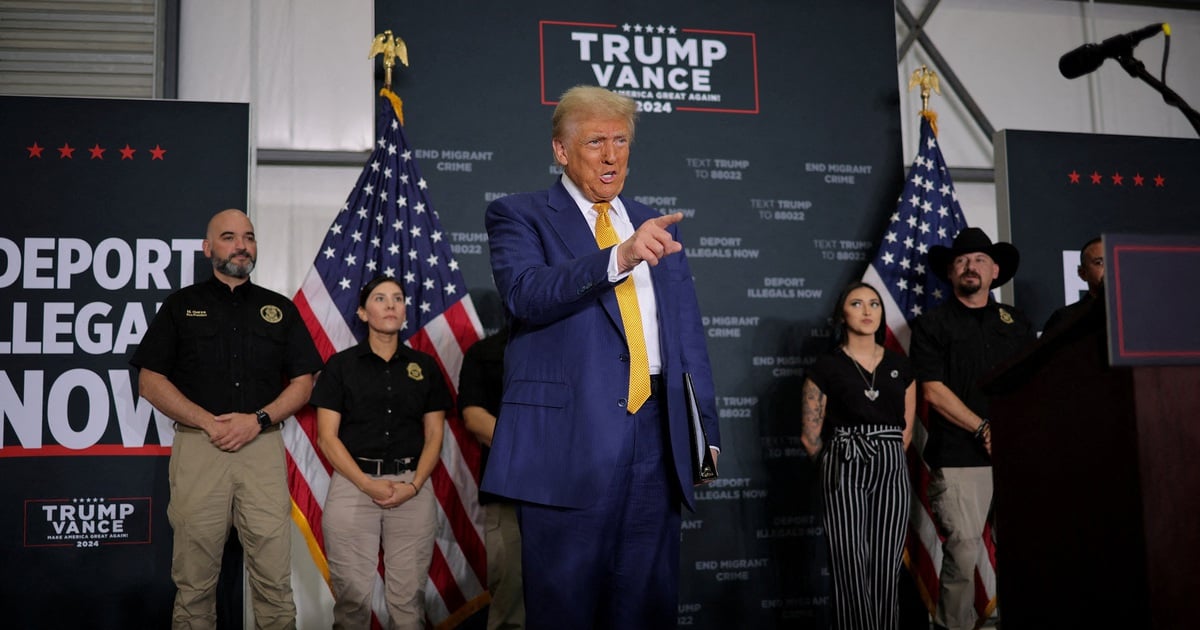


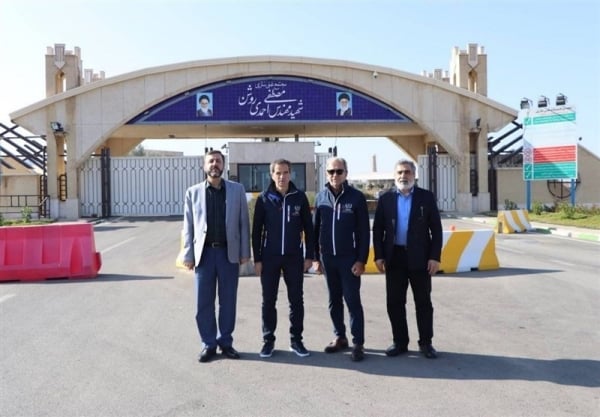

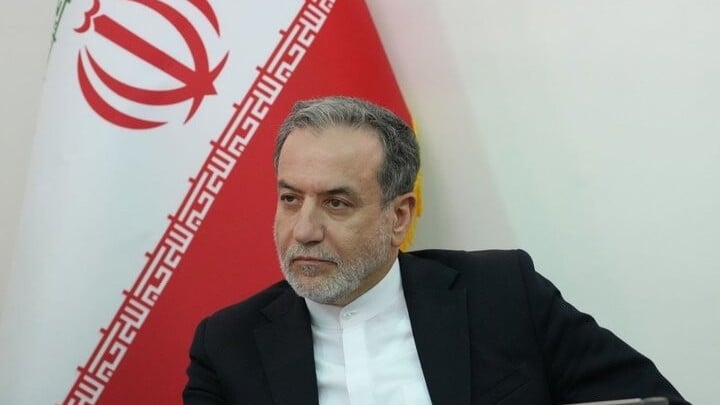
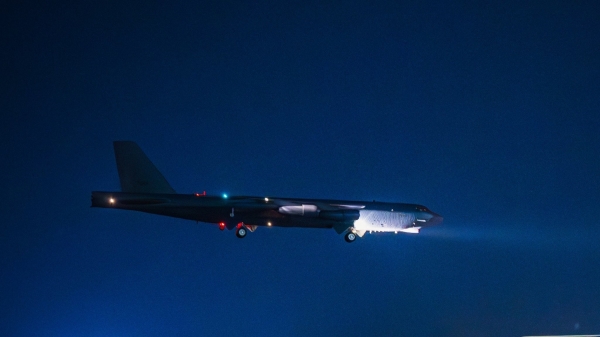
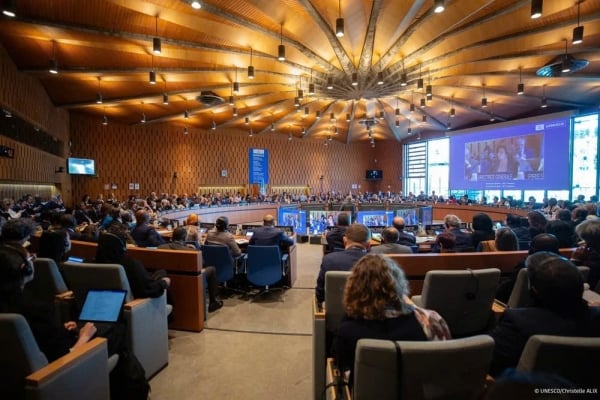
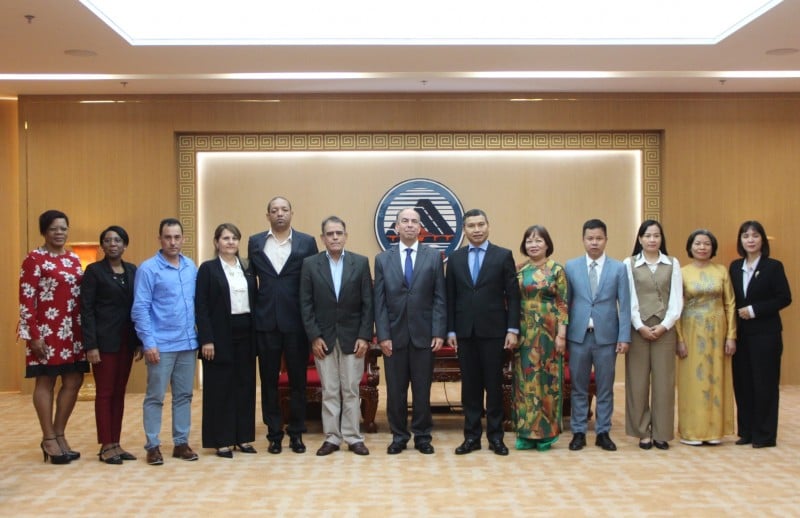
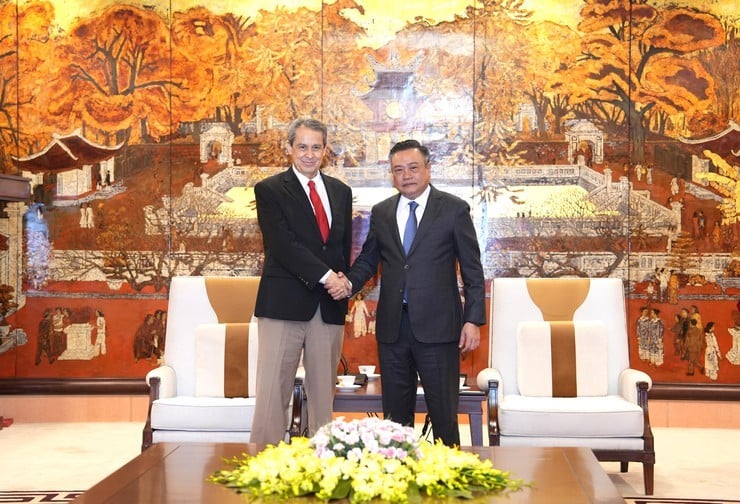

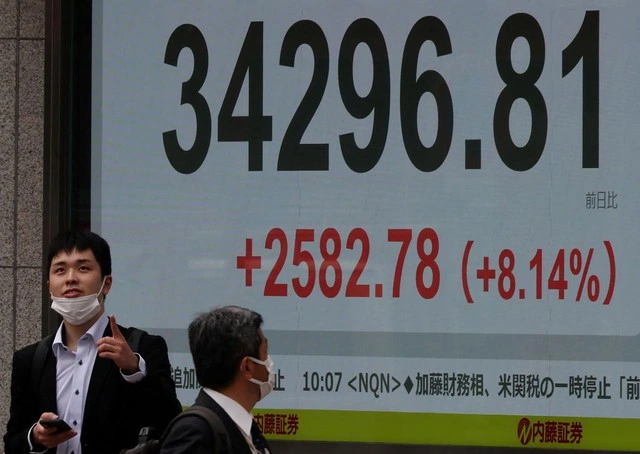
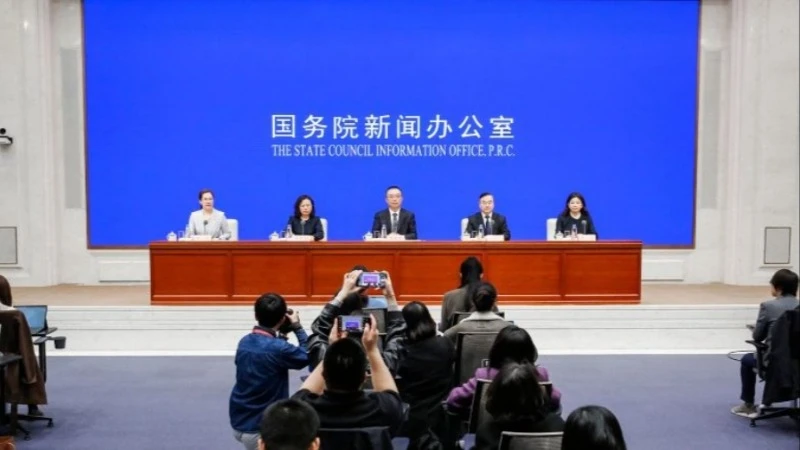




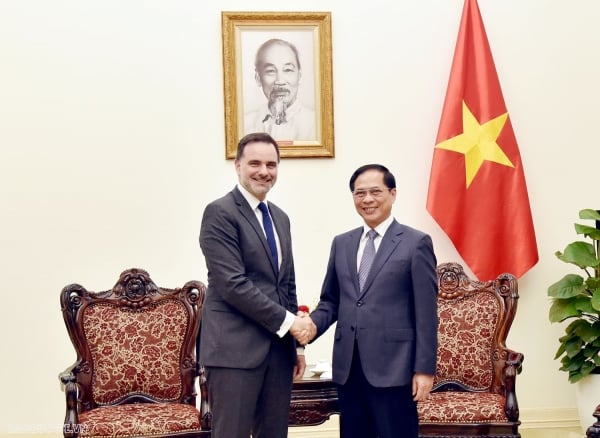



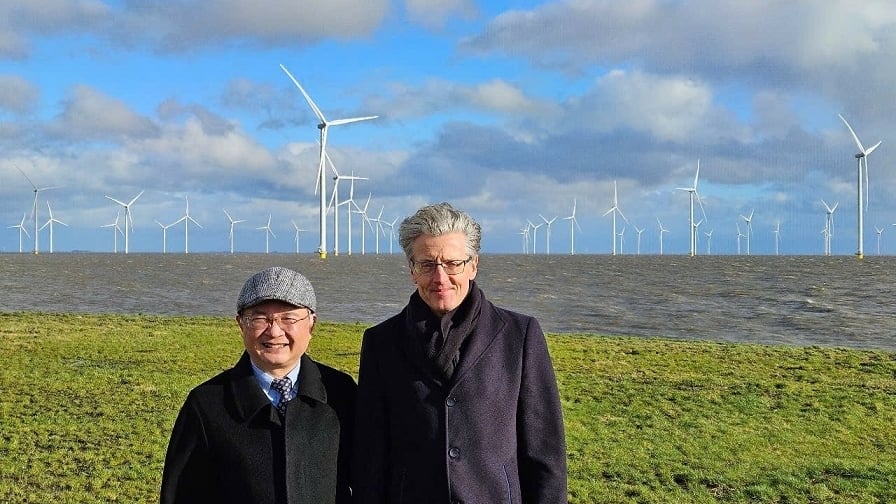
















































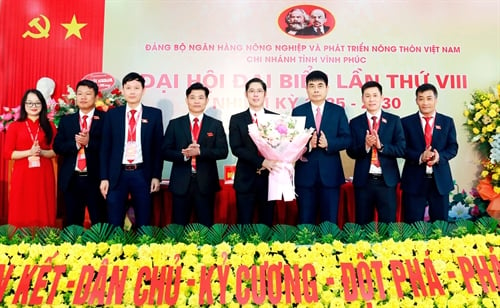

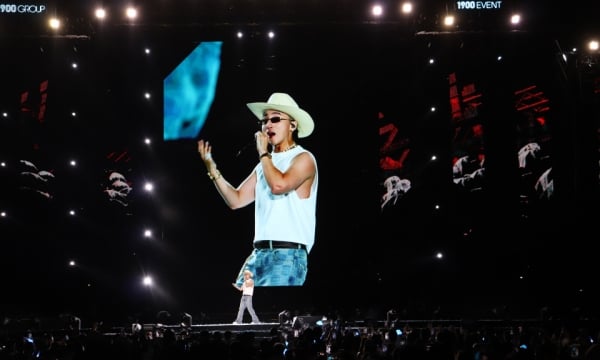

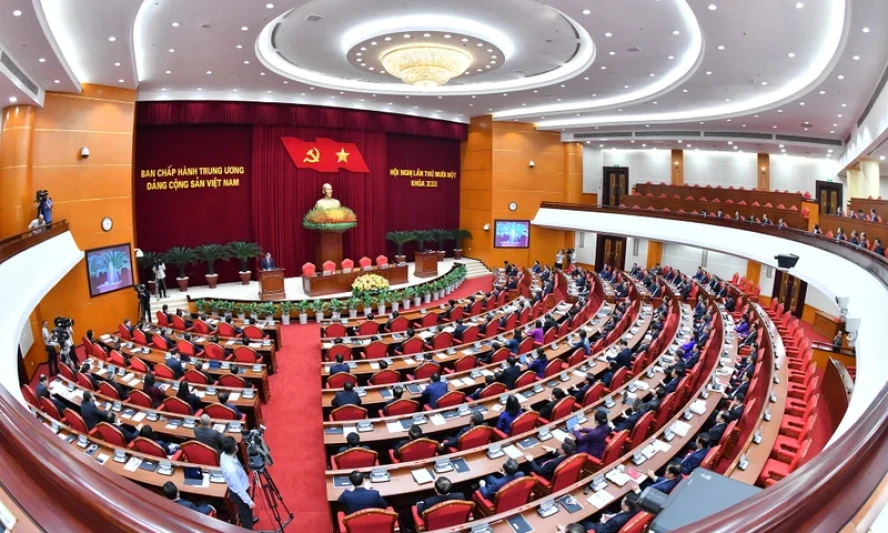











Comment (0)